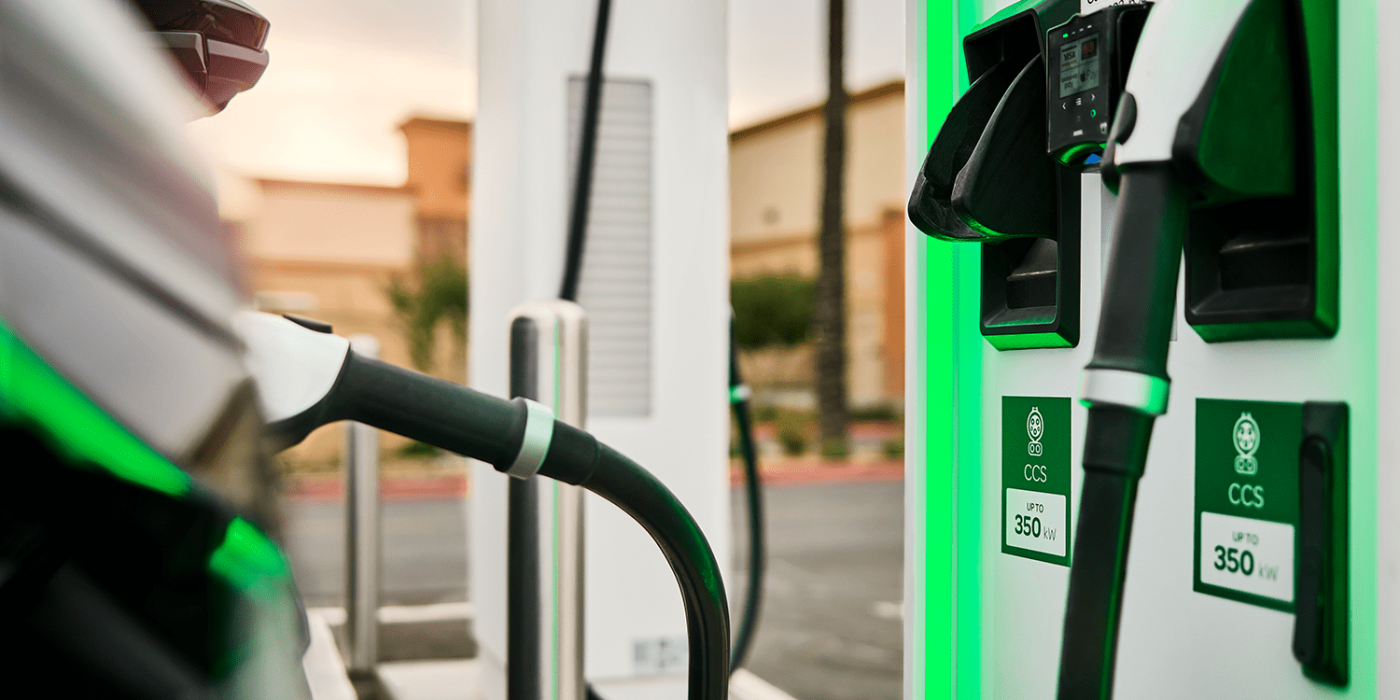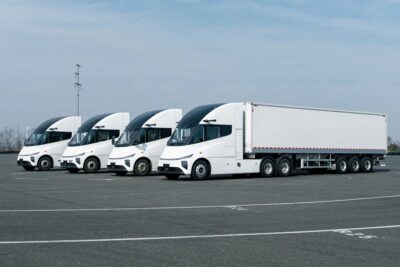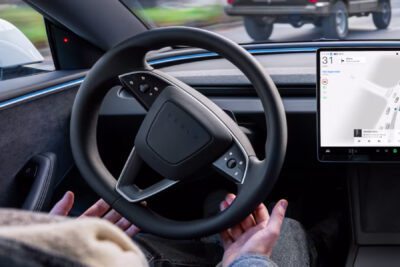California awards $32.7 million to fund more than 450 public DC chargers
In line with the requirements of the National Electric Vehicle Infrastructure (NEVI) Formula Programme, the new chargers will be located on federally designated Alternative Fuel Corridors. Each charger will have a minimum of four 150 kW CCS connectors, while the station must have a minimum power of 600 kW.
The projects in question will be realised by Electrify America, Skychargers, Sustainable Energies CA, and Zero6 EV Charging CA and will span the Golden State. Moreover, the state expects to receive an additional 5 million dollars in NEVI funding by the end of the year, bringing the number of approved and funded chargers to more than 500.
“California is building a transportation network for the 21st century, and this federal funding helps support that commitment,” said Caltrans Director Tony Tavares. “Increasing the accessibility of EV charging stations will be a major boost to achieving the state’s climate action goals.”
“California continues to be a leader in the sustainable revolution with this milestone investment to install over 500 EV chargers with $32 million in federal NEVI funding,” said Acting Federal Highway Administrator Kristin White. “Thanks to the historic investments from the Biden-Harris Administration, California is helping to lead the nation in deploying clean energy infrastructure, expanding access to EV charging, and meeting our carbon reduction goals.”
The CEC also has its own funding initiatives to help the EV charging network grow away from the designated Alternative Fuel Corridors. In total, the state wants to invest 1.5 billion dollars through fiscal year 2028 and have one million chargers by 2030. Currently, there are about 150,000 EV chargers in the state (AC and DC), as Dustin Schell, Air Resources Engineer with the California Energy Commission, told electrive in our recent interview.
“We have a lot of programmes where we funded chargers specifically in rural areas throughout California,” Schell explains, adding that there are also programmes for multi-unit housing. “And a lot do get targeted into the Central Valley and all of those other areas that are not the Bay Area or Southern California.” The state also has a number of requirements for operators to even get funding, notably also concerning remote diagnostics and downtime. After all, reliability is still key.





0 Comments